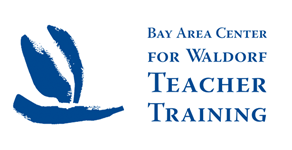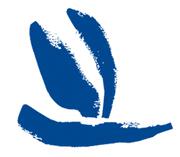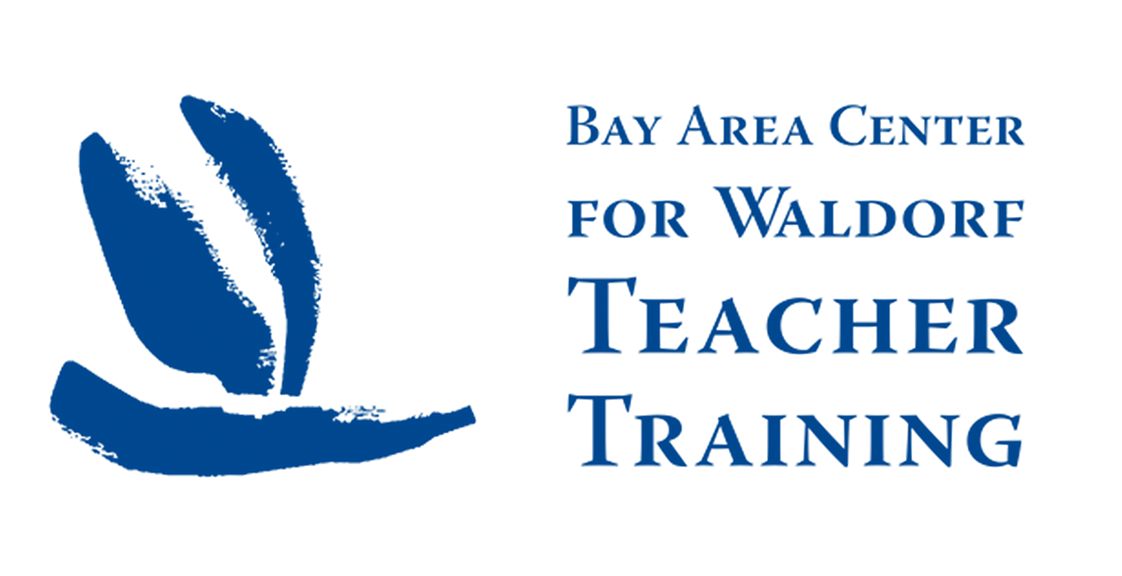The Second Year leads to a more refined and practical understanding of the self and its relationship to the world. Careful observation of phenomena in the natural world and in human nature support an active understanding of, and appreciation for, the interplay of teacher as artist and teacher as scientist. Rudolf Steiner’s research into the laws of karma, the laws of nature, and the laws of human development provide opportunity for continuing practice of objectivity and self-knowledge.
During the second year seminar classes, students are expected to assume a greater role in the academic and artistic rendering of the reading materials which expand on first year topics, especially human development and the developmental phases of the growing child. Students explore further the way in which the Waldorf curriculum uniquely supports the changing consciousness of the child.
Independent projects continue with two major presentations.
During the spring of the second year, each student participates in a three-week practicum in the classroom of an experienced Waldorf teacher. Students can choose a kindergarten, grades or high school practicum. A mentor supports students with practicum preparation during the weekends before and during the practicum. During this second year practicum, students are expected to take on classroom responsibilities as requested by the supervising teacher and teach a minimum of three full main lessons.
Classes in the Second Year include, but are not limited to:
Karma Studies
We consider such topics as individual, historical and world karma; reincarnation and karma; free will and destiny; laws of karma. Rudolf Steiner lectures used: Manifestations of Karma and A Western Approach to Reincarnation and Karma. The course requires an independent biography project.
Nature Studies
Consideration of topics such as phenomenology as method, the four kingdoms of nature, the four elements, the four parts of the plant and their relationship to the human being, nature as artist. Rudolf Steiner lectures used: Harmony of the Creative Word (previously published as Man as Symphony of the Creative Word)
Anthroposophical Medicine
Students in the first, second or third year receive an introductory overview of the holistic principles of anthroposophically extended medicine. Taught by a practicing physician trained in both conventional and anthroposophical medicine, the course includes topics such as the four organs, the four constitutional polarities, sclerotic versus inflammatory illnesses, childhood illnesses, the karma of illness.
Studies in Human Culture
(See description of Faust and Parzival in the [intlink id=”116″ type=”post”]First Year[/intlink])
Therapeutic Eurythmy
In addition to practicing eurythmy, students also learn about therapeutic eurythmy, which, when given under the supervision of a physician, can be a great help for medical patients, children in need of special care, and children with learning difficulties.
Evolution of Consciousness through Music History
From ancient Greek mythology, through Medieval, Renaissance, Baroque, Classical, Romantic, and 20th century – the characteristics of each period studied will illumine the significant shifts in consciousness each type of music reveals.
The Threefold Social Organism
How can we create viable social forms? What are the justifiable and characteristic forces at work in the economic, political and cultural spheres of all societies? Text used: Freeing the Human Spirit by Michael Spence.
Waldorf Education Teaching Methods
Developing the “true” imagination which works out of living concepts; awakening the will; structuring the lesson; working with a learning cycle of introduction, primary presentation and recapitulation; the wisdom of the curriculum as it relates to human development of body, soul and spirit; preparation for a supervised (and carefully evaluated) three-week practicum – kindergarten, grades or high school.
The Arts
Each weekend includes either choir or recorder and one of the following: eurythmy, speech, blackboard drawing.
Summer session
Math Skills and Math Curriculum
A summer session class providing an overview with explanation of pedagogical underpinnings and time for individual practice of skills.
Summer Session Art Classes
These include: choir, eurythmy, painting, music, and speech.







